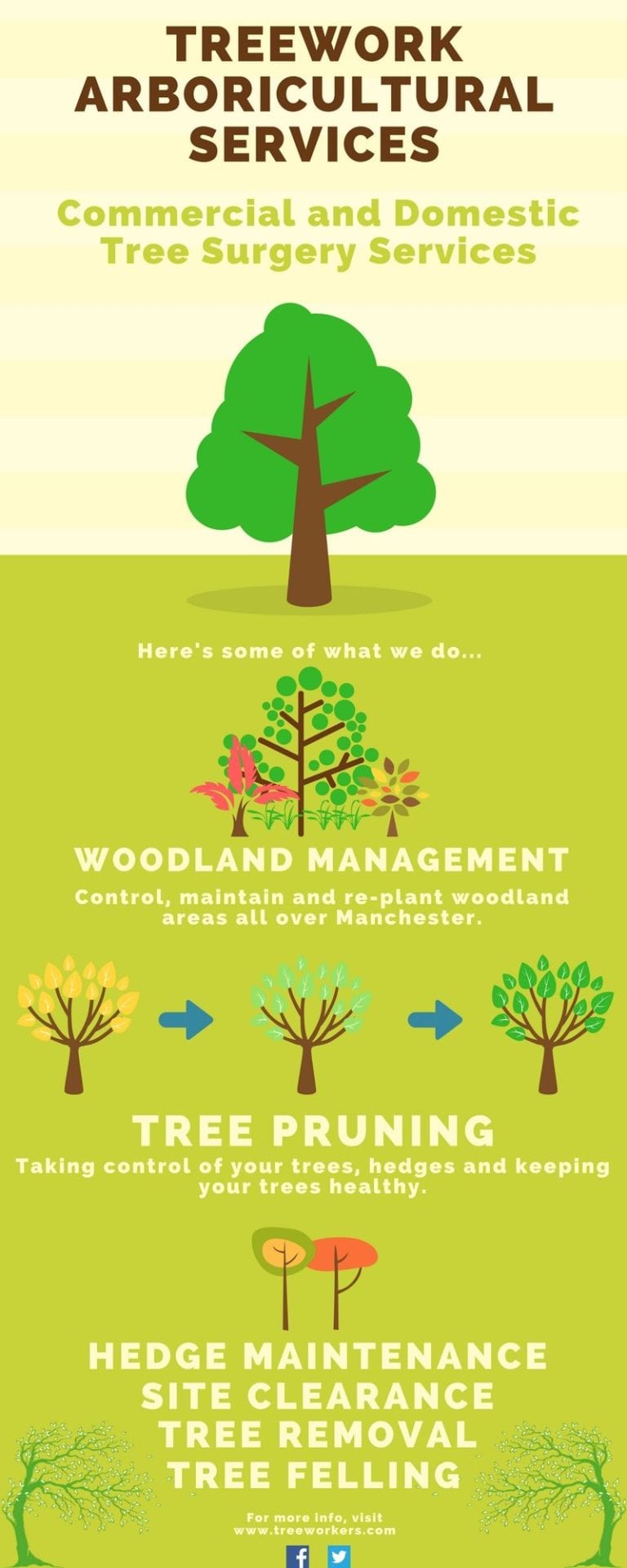The Ecological Conveniences Of Stump Grinding: A Lasting Technique For Land Management
The Ecological Conveniences Of Stump Grinding: A Lasting Technique For Land Management
Blog Article
Web Content By-
When it comes to land management, have you taken into consideration the durable advantages of stump grinding? By addressing the remnants left behind after tree removal, this practice not only aids in dirt health renovation but likewise plays an essential role in preventing disintegration and sustaining biodiversity. The ecological advantages of stump grinding prolong much past simple looks, using a lasting option that integrates with nature's detailed systems.
Dirt Health And Wellness Renovation
Aiming to improve the quality of your soil? Stump grinding can be a game-changer for enhancing soil health on your residential or commercial property. By eliminating old tree stumps, you're producing room for new growth and allowing essential nutrients to go back to the soil.
As gardening jobs auckland break down over time, they release raw material, enhancing the dirt and advertising much better plant development.
On top of that, stump grinding helps to aerate the dirt, allowing for far better water infiltration and root growth. Compacted soil can hinder plant growth and water absorption, yet by grinding stumps, you're loosening the soil and developing a healthier atmosphere for your plants.
Additionally, stump grinding can additionally help to prevent parasite problems and illness that old stumps might bring in. By removing mouse click the next webpage , you're creating a safer and more productive landscape.
Disintegration Avoidance
To stop soil erosion successfully, stump grinding plays a crucial role in preserving the stability and stability of your land. By getting rid of unsightly stumps from your building, you're additionally minimizing the danger of disintegration caused by water runoff. Stump grinding removes challenges that can interfere with the natural circulation of water throughout your land, protecting against soil erosion in the process.
When stumps are left untouched, they can function as obstacles to water flow, causing soil to wash away during heavy rainfalls. This disintegration not just harms your land however additionally contributes to sedimentation in nearby water bodies, harming marine ecological communities.
Stump grinding assists to stop these issues by leveling the ground and advertising correct water drainage, minimizing the probability of erosion.
Biodiversity Support
Keeping healthy biodiversity on your land is essential for developing a growing ecological community. By utilizing stump grinding as a lasting land management practice, you can substantially sustain biodiversity.
Stump grinding assists advertise biodiversity by creating new habitats for numerous plant and pet species. The removal of stumps enables the regeneration of indigenous plant life, which in turn attracts a diverse range of wild animals. Insects, birds, and tiny mammals grow in these recently obtainable areas, contributing to the total biodiversity of your land.
Additionally, stump grinding aids stop the spread of illness and bugs that can damage plant varieties, therefore guarding the environmental equilibrium on your building. By getting rid of old stumps, you develop room for brand-new plant development, which enhances the general health and wellness of the ecosystem.
This healthier setting sustains a wider range of species, advertising biodiversity and producing a more resilient community in the long term. Accepting stump grinding as part of your land management method can have long-term positive results on the biodiversity of your land.
Final thought
By utilizing stump grinding as a sustainable technique to land management, you can enhance dirt health and wellness, avoid disintegration, and support biodiversity. look here yet additionally advertises the growth of vegetation and produces environments for various plant and animal varieties. Make a favorable influence on the setting by integrating stump grinding right into your land management practices.
